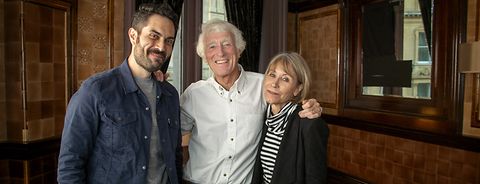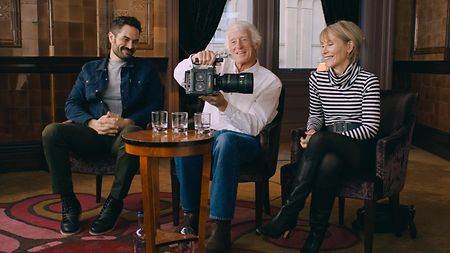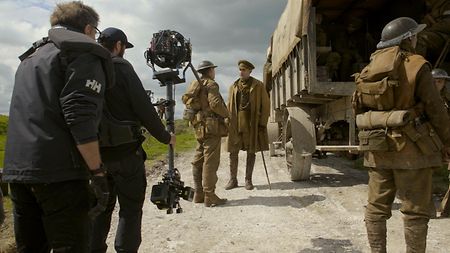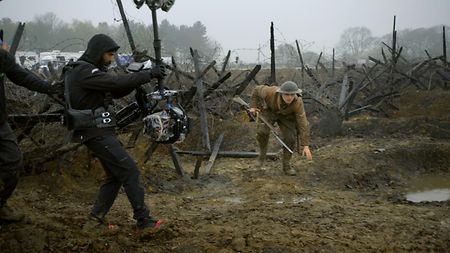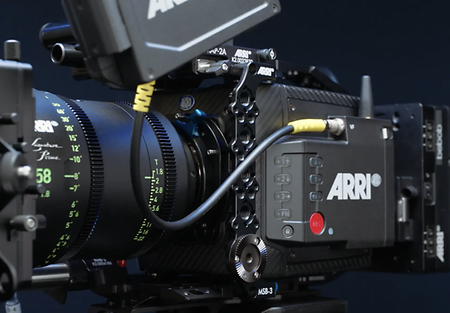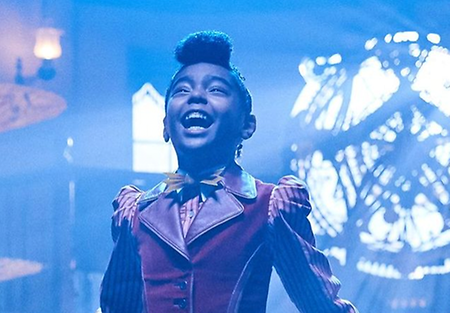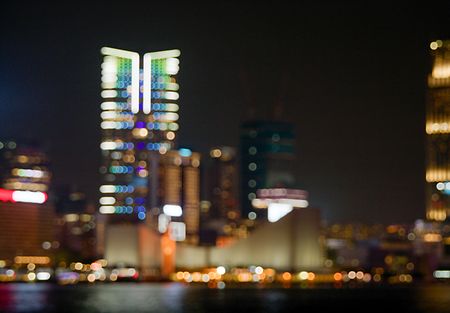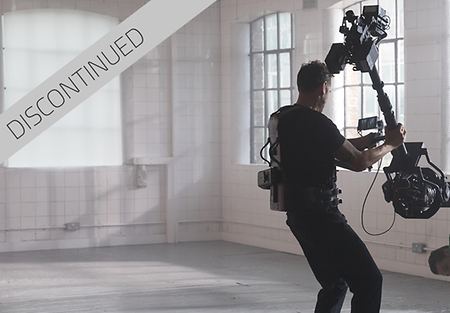For its second video interview with Oscar-winning cinematographer Roger Deakins about his work on “1917,” ARRI was able to speak openly about the visual approach of the movie—a subject that was still shrouded in secrecy when the first interview was published, three months prior to the film’s release.
The big idea, the secret, was that director Sam Mendes had asked for the film be shot in such a way as it appeared to comprise a single, unedited shot. In telling the story of two soldiers who are sent on a dangerous mission into enemy territory with a life-saving message to call off an impending attack, Mendes wanted the camera to stay with those main characters without interruption.
“It’s a real-time story and you’re following two characters who are always moving,” says Roger. “A couple of people have said about the film, ‘Wouldn’t it be just the same if there’d been some cuts?’ But that wouldn’t have had the effect that Sam was after. For me it feels like you forget about the technique, but because it’s there, you are totally in it. There’s no way the audience is let off the hook; it’s almost claustrophobic, they’re not allowed to look away…that’s what I feel is immersive about it.”
